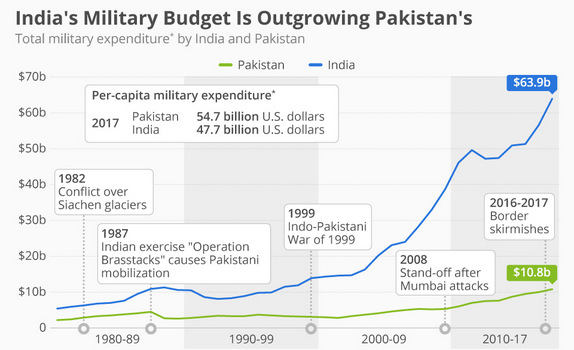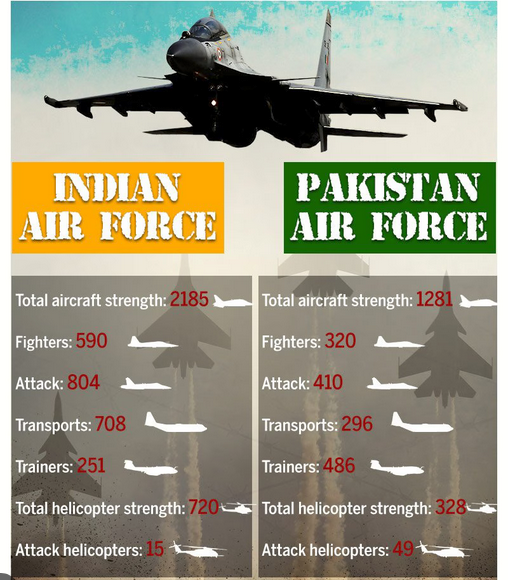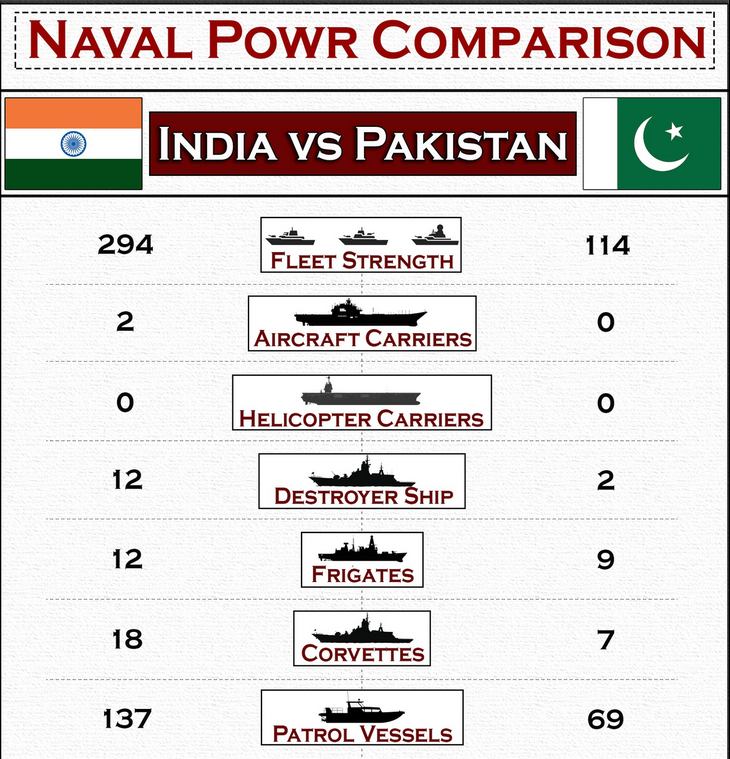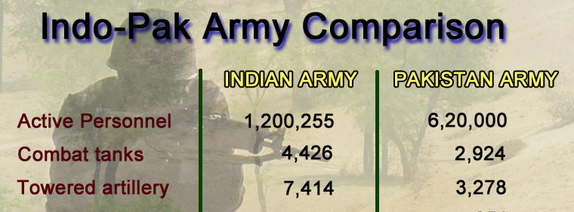Why This Comparison Matters
India and Pakistan aren’t just neighbors—they’re nuclear-armed rivals with a history of conflicts, like the 2019 Balakot airstrike and the 2025 Pahalgam skirmish. Their military capabilities shape South Asia’s geopolitics, and understanding their strengths is key for anyone curious about global security. Whether you’re a defence nerd or just intrigued by military tech, this comparison of the Indian defence system and Pakistan defence system will give you the full scoop.
Military Budgets: India’s Big Bucks vs Pakistan’s Smart Spending
Let’s start with the money. India’s defence budget for 2025-26 is a massive $79 billion, dwarfing Pakistan’s $7.6 billion. That’s like comparing a Bollywood blockbuster to a low-budget indie film! India’s cash flow funds advanced tech, like the S-400 missile system, and a massive troop count. Pakistan, though, stretches its budget with cost-effective Chinese gear, like the JF-17 fighter jet.
Here’s the catch: Pakistan’s military is scrappy and strategic. They focus on what works—think tactical nukes and agile forces—making them a tough opponent despite the budget gap. Curious about their rankings? According to the Global Firepower Index 2025, India’s 4th globally, while Pakistan’s 12th. Impressive for both, but India’s got the deeper pockets.

Air Defence Systems: Shields in the Sky
When it comes to air defence, India’s system is a beast. The Russian S-400, deployed along the Line of Control, can zap targets 400 km away and track 300 at once. It’s like a sci-fi shield for India’s skies! Pair that with the Indo-Israeli Barak-8 (70-100 km range) and the homegrown Akash missile (25-30 km), and India’s air defence is layered and lethal.
Pakistan’s air defence is solid but less flashy. The Chinese HQ-9BE (100-200 km range) is their big gun, capable of countering India’s Rafale jets. The LY-80 handles mid-range threats, but it struggles against India’s hypersonic BrahMos missile. Rumors on X suggest Pakistan’s eyeing the Norwegian NASAMS to modernize, but for now, India’s air defence tech has the edge in range and radar power.
Want to know more about missile tech? Check out our guide on for a deep dive!
Air Forces: Jets and Jousting
In the skies, India’s air force is a giant. With 814 combat aircraft, including the Sukhoi Su-30 MKI, French Rafale, and indigenous Tejas, India’s fleet is diverse and deadly. The Rafale, with its 1900 km combat radius, can strike deep into Pakistan—scary stuff! But older MiG-21s and spotty maintenance (55-60% serviceability for Su-30s) hold India back.
Pakistan’s air force, with 425 aircraft, leans on the Chinese JF-17 and American F-16s. The JF-17 Block III is a budget-friendly star, and X users rave about Pakistan’s Takbir smart bomb (450+ km range). Still, their smaller fleet and reliance on Chinese tech can’t match India’s firepower or reach. India’s air force takes the crown here, but Pakistan’s no pushover.

Curious about fighter jets? Read our post on for more!
Naval Power: Blue Water vs Coastal Guardians
At sea, India’s navy is a regional titan. With 294 vessels, including two aircraft carriers (INS Vikramaditya and INS Vikrant) and the nuclear-powered INS Arihant submarine, India’s blue-water navy can flex its muscles globally. The BrahMos missile gives its ships a deadly edge.
Pakistan’s navy, with 121 vessels, is more about coastal defence. Its eight submarines and frigates are great for regional security, but no aircraft carriers mean limited air power at sea. India’s naval dominance is clear, especially in open waters, but Pakistan’s submarines could still cause headaches in a conflict.

Ground Forces: Tanks, Troops, and Tactics
On land, India’s 1.46 million active troops outnumber Pakistan’s 654,000. India’s 4,201 tanks (like the T-90 Bhishma) and 148,000 armored vehicles dwarf Pakistan’s 2,627 tanks. But Pakistan’s not just about numbers. Their Nasr missile, a tactical nuke, counters India’s “Cold Start” strategy for rapid incursions.
Pakistan’s army is battle-hardened, especially in guerrilla tactics, and their terrain-focused approach makes them tough to crack. India’s modernizing faster, though, with projects like the DRDO’s QRSAM. It’s a close call, but India’s sheer scale tips the scales.

Learn more about tank warfare in our !
Nuclear Arsenals: The Game-Changer
Both nations are nuclear powers, so any conflict is high-stakes. India has 130-140 warheads, with the Agni-V missile (5,200 km range) able to hit far-off targets. Pakistan’s 140-150 warheads, delivered by the Shaheen-III (2,750 km), are built to deter India. Pakistan’s tactical nukes, like the Nasr, add a risky wildcard.
Neither side wants to go there, but the nuclear balance keeps things tense. It’s less about winning and more about ensuring neither side dares to start.
Strategy and Morale: The Human Factor
Tech and numbers are cool, but strategy and grit matter just as much. India’s unified command and push for self-reliance (hello, BrahMos!) give it a long-term edge. Pakistan’s strength is its adaptability and alliances, especially with China. Recent events, like India pausing the Indus Waters Treaty post-Pahalgam, show how quickly things can heat up.
Both sides have fierce resolve, but India’s resources and global ambitions give it a slight advantage. Still, Pakistan’s never backed down from a fight.
Who Wins the Defence Showdown?
So, who’s ahead? India leads in budget, manpower, naval power, and air defence tech. Pakistan counters with tactical nukes, agile forces, and smart spending. But let’s be real—nobody wants a full-blown war. Both focus on deterrence, with occasional flexes like surgical strikes or border patrols.
As a defence nerd, I’m fascinated by how these systems shape the region. India’s building a global presence, while Pakistan’s holding its ground. What’s your take? Drop a comment below, and let’s nerd out together!
Final Thoughts
The Indian defence system vs Pakistan defence system debate is a classic case of quality vs strategy. India’s got the numbers, but Pakistan’s got the grit. With tensions simmering, understanding their militaries helps us grasp the bigger picture. Want more defence insights? Subscribe for weekly updates, and share this post with your fellow military buffs!
Sources: Global Firepower Index 2025, Indian Defence Research Wing, The National Interest
Follow us on for the latest defence news!